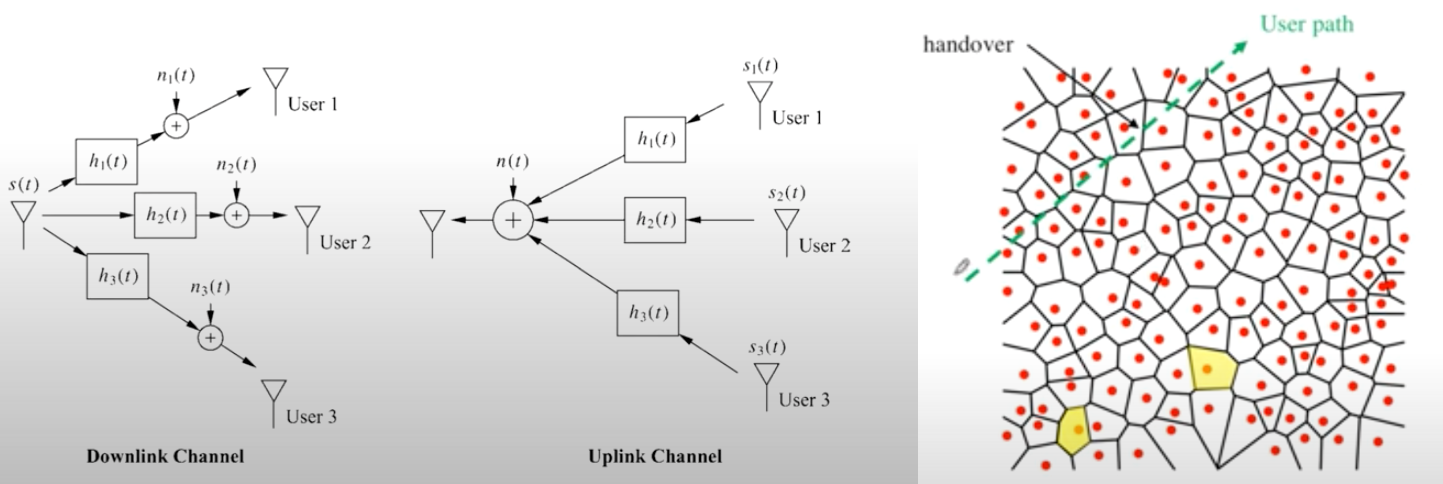Spread Spectrum
Published:
This post covers WIRELESS COMMUNICATIONS AND NETWORKS by William Stallings.
Exercises
Question: Assume we wish to transmit a 56-kbps data stream using spread spectrum. Find the channel bandwidth required when SNR = 0.1,0.01, and 0.001. In an ordinary (not spread spectrum) system, a reasonable goal for bandwidth efficiency might be 1 bps/Hz. That is, to transmit a data stream of 56 kbps, a bandwidth of 56 kHz is used. In this case, what is the minimum SNR that can be endured for transmission without appreciable errors? Compare to the spread spectrum case.
Answer: Thus, to achieve the desired SNR, the signal must be spread so that 56 KHz is carried in very large bandwidths.
Question: A simplified scheme for CDMA encoding and decoding. There are seven logical channels, all using DSSS with a spreading code of 7 bits. Assume that all sources are synchronized. If all seven sources transmit a data bit, in the form of a 7-bit sequence, the signals from all sources combine at the receiver so that two positive or two negative values reinforce and a positive and negative value cancel. To decode a given channel, the receiver multiplies the incoming composite signal by the spreading code for that channel, sums the result, and assigns binary 1 for a positive value and binary 0 for a negative value.
Formulate the problem as MIMO model? [See figure]

[ Watch Lecture 10 of the Wireless Communications course (SSY135) at Chalmers University of Technology]